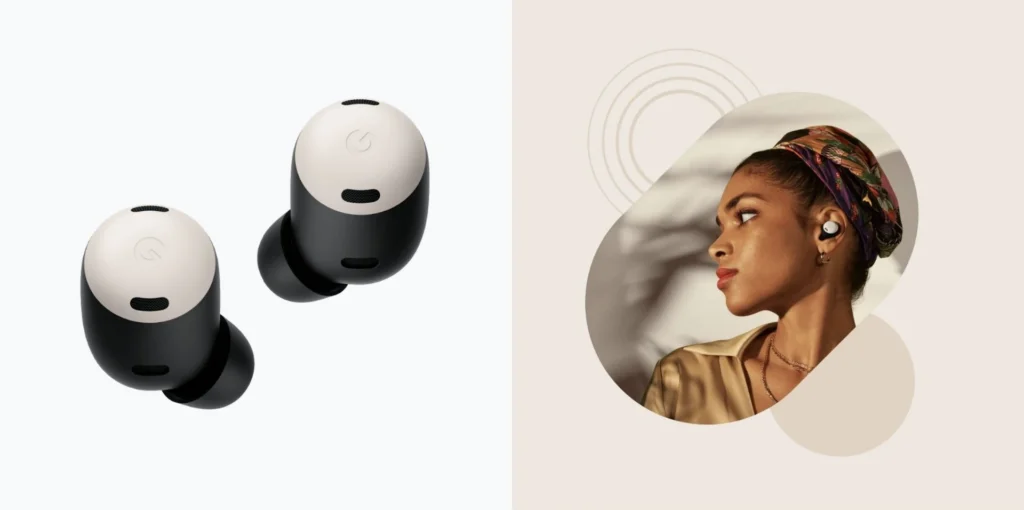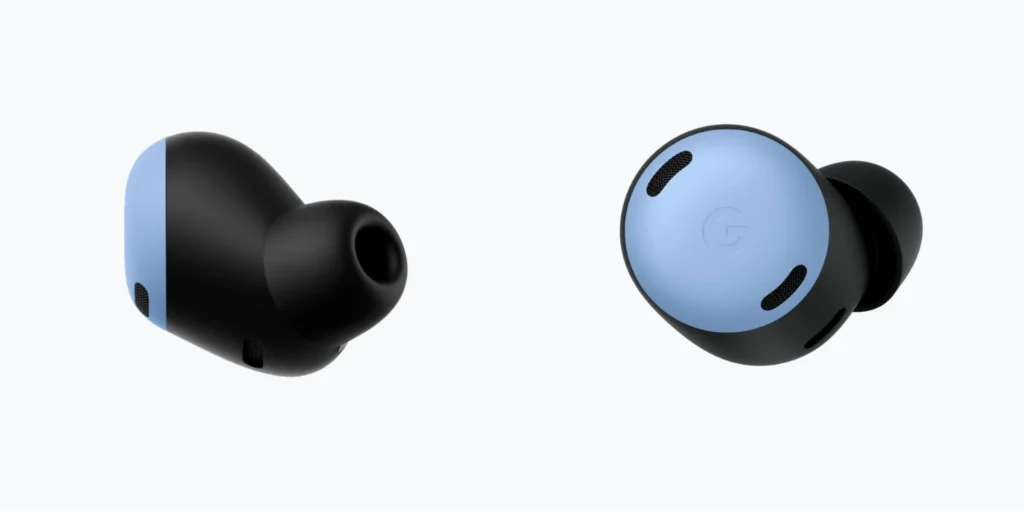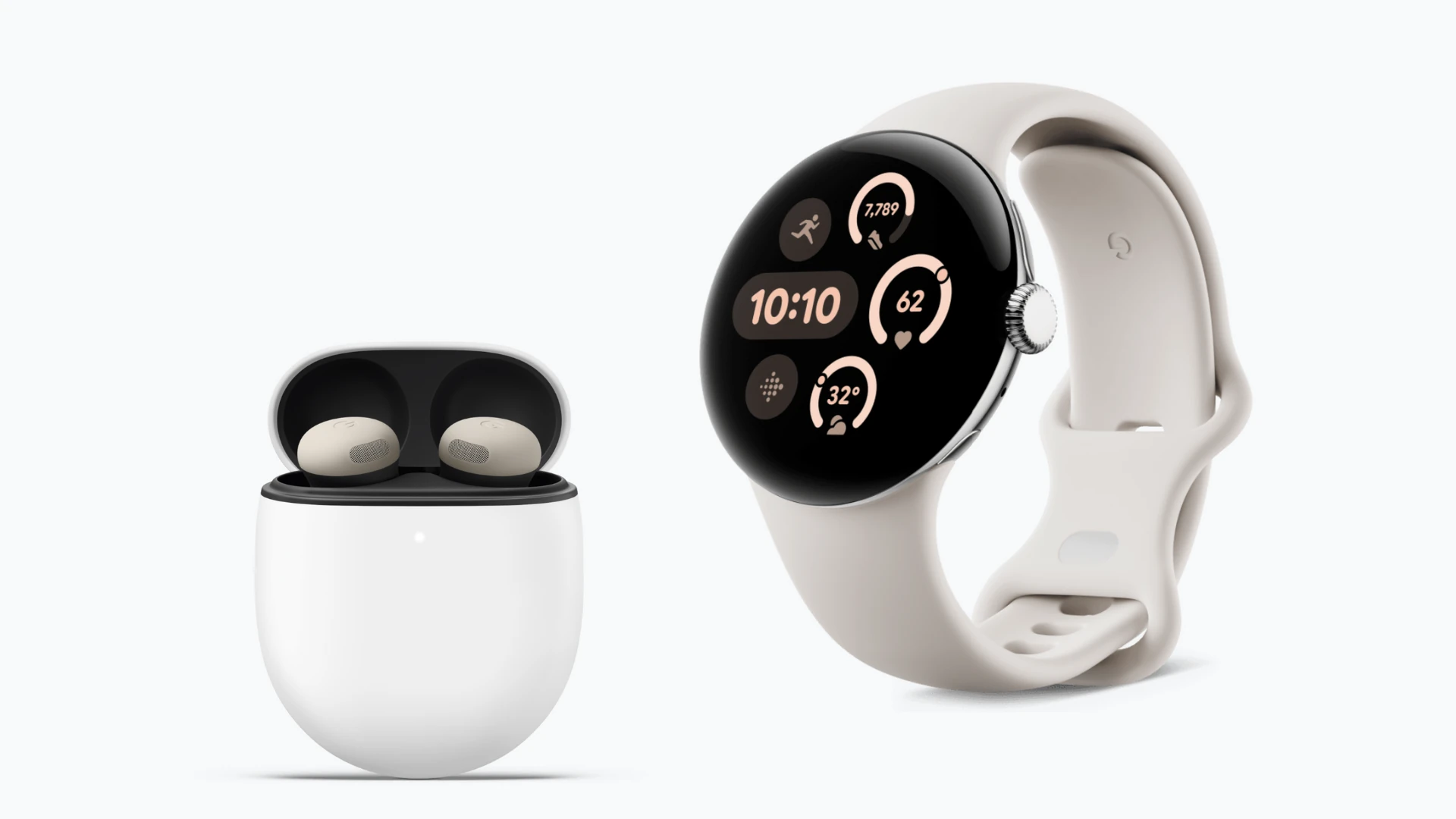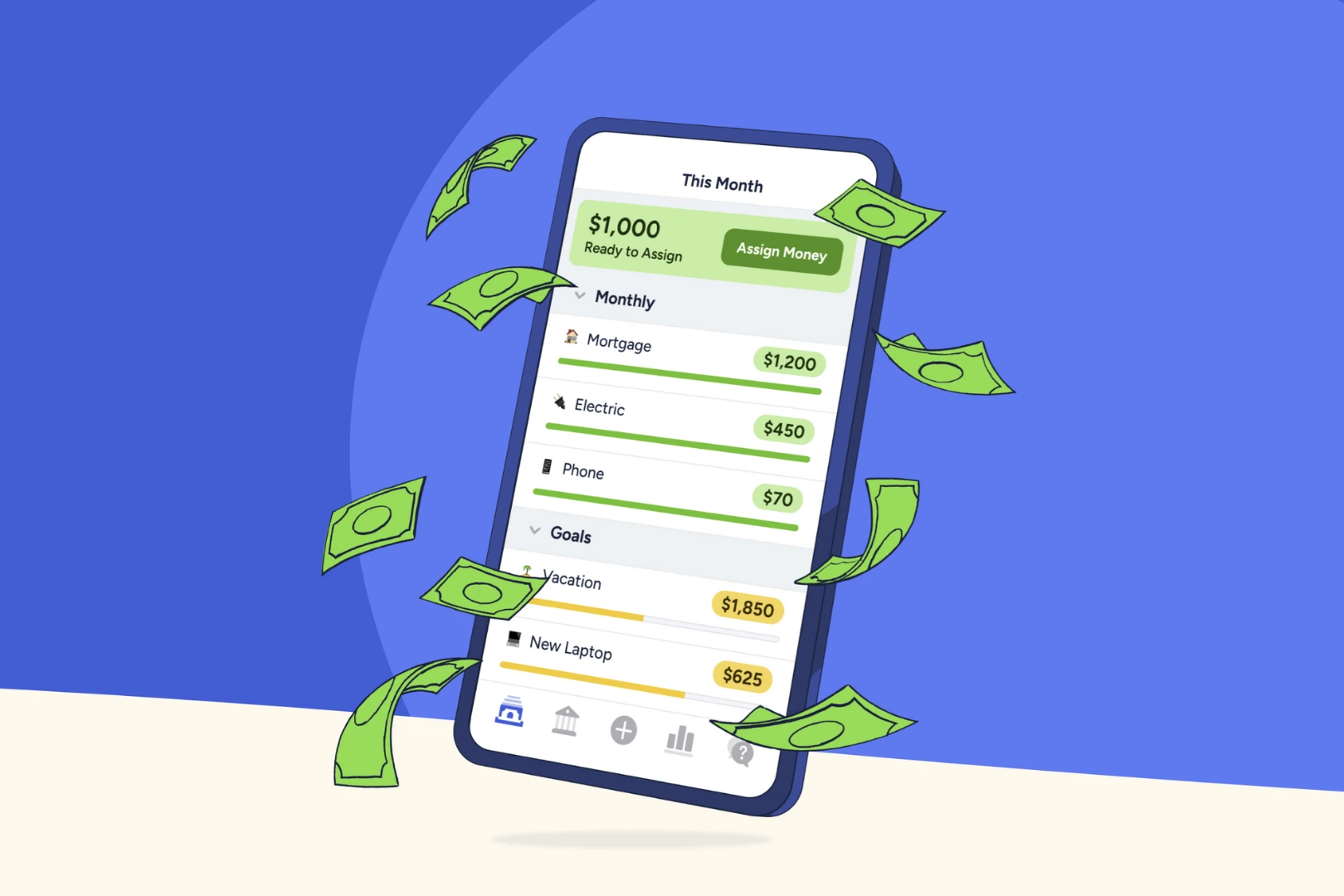Have you ever wished you could have a conversation with someone who speaks a different language without needing to learn their language first? The inability to communicate with someone due to language differences is frustrating and isolating and can limit opportunities. With the Google Pixel Buds real-time translation feature, you can converse naturally with people who speak different languages. These earbuds are your personal translators, breaking down language barriers and opening doors to communication across cultures. In this article, we’ll explore how this technology works, its impact on users, and how to make the most of it.

How the Magic Happens
The secret behind Pixel Buds’ translation lies in a combination of advanced hardware and software. The earbuds utilize Google Translate’s powerful machine-learning algorithms and leverage the processing power of your connected smartphone to deliver accurate and near-instantaneous translations. Here’s a closer look at the process:
- You speak: The Pixel Buds capture your spoken words, much like a voice recorder, and convert them into text using Google’s speech recognition technology.
- Convert and Interpret: The text is then sent to Google Translate, where it is processed and translated into the target language.
- Playback: The reinterpreted message is converted back into spoken words and delivered through the earbuds, allowing your conversation partner to understand you clearly in their own language.
This entire process happens within seconds, creating a natural and fluid conversation flow.

There are two ways to use Google Pixel Buds for real-time translation: with Google Assistant or directly through the Google Translate app. Don’t forget that your phone needs to be unlocked to use this feature.
Using Google Assistant
- Activate Google Assistant: There are two ways to do this:
- Touch and hold either earbud.
- Say, “Hey, Google.”
- Request translation: Once Google Assistant is active, tell it to help you translate a specific language. For example, say, “Help me speak Spanish.”
- Start conversation: The Google Translate app will open in conversation mode on your phone. You can then speak in your native language, and the translated message will be played directly into your earbuds. When the other person responds, hold the microphone button on the language you want translated in the app, and the translation will be displayed on your phone.
Using the Google Translate app
- Set your languages: Open the Translate app and choose the language you’ll speak into the Pixel Buds (top left corner) and the language you want the response translated to (top right corner).
- Begin conversation: Touch and hold the right earbud. Speak in the language you selected for the Pixel Buds.
- Receive translated response: When the other person responds, release your finger from the earbud and tap the microphone icon for the language you want translated in the Google Translate app. The translated response will be displayed on your phone screen.
Beyond Google: Other Real-Time Communication Earbuds to Explore
Google Pixel Buds leverage Google Translate’s extensive language database and powerful cloud-based algorithms for breaking language barriers. However, several other players offer compelling alternatives, each with unique strengths. These popular earbuds work seamlessly with both iOS and Android devices through their dedicated app. However, due to deeper integration with Google services and potentially more frequent updates on the Android platform, you may experience optimal performance and access to the full range of features when using them with Android devices.
- Timekettle WT2 Plus: These earbuds are a favorite among travelers and language learners because they’re super easy to use, work in multiple languages on both iOS and Android devices, and are similarly priced to Google Pixel Buds. They even have a cool “touch mode” where you just tap the earbuds to share conversations quickly.
- Waverly Labs Ambassador Interpreter: These high-tech earbuds are known for their incredible accuracy, even in noisy environments like crowded restaurants or busy streets. They work with both iOS and Android devices, making them perfect for professionals who need reliable translations for important meetings and conversations on the go. However, they are a premium option compared to other earbuds on the market.
- Mymanu CLIK S: These earbuds seamlessly blend language assistance with music playback and fitness tracking. They use a combination of online and offline translation engines, supporting over 37 languages. The touch controls on the earbuds allow for easy switching between modes and controlling translations. They are a higher-end choice but packed with features for those who want more than just translation.
- WT2 Edge Translator Earbuds: These earbuds prioritize rapid, accurate communication with a unique “Simul Mode” that enables both parties to speak and listen simultaneously, creating a more natural conversational flow. Comparable in price to Mymanu CLIK S, they’re a streamlined option primarily focused on bridging language gaps.

FAQs
How many languages do Pixel Buds translate?
Pixel Buds can translate over 40 languages in real-time, covering a wide range of global languages.
Do I need an internet connection to use the Google Pixel Buds translation feature?
Yes, an internet connection is required for real-time translation as the earbuds rely on Google Translate’s online services.
Can I use the Google Pixel Buds to translate conversations with multiple people?
Currently, Pixel Buds are optimized for one-on-one conversations.
Can I use the Google Pixel Buds with other translation apps?
Pixel Buds are primarily designed to work with Google Translate. While some third-party translation apps may offer limited compatibility, Google Translate integration is the only way to achieve full functionality.
Do I need a subscription to use earbuds for translation?
For most of these earbuds, the core translation feature is available without a subscription. However, certain earbuds offer premium subscriptions that unlock additional features or language packs. Whether a subscription is worth, it depends on your individual needs and how often you plan to use the advanced features.
Photo credit: store.google.com




